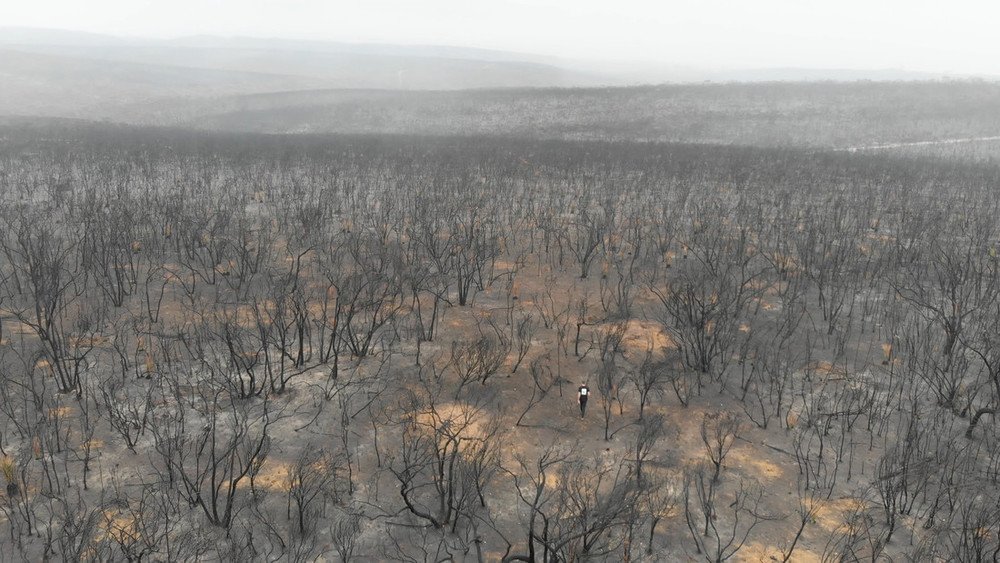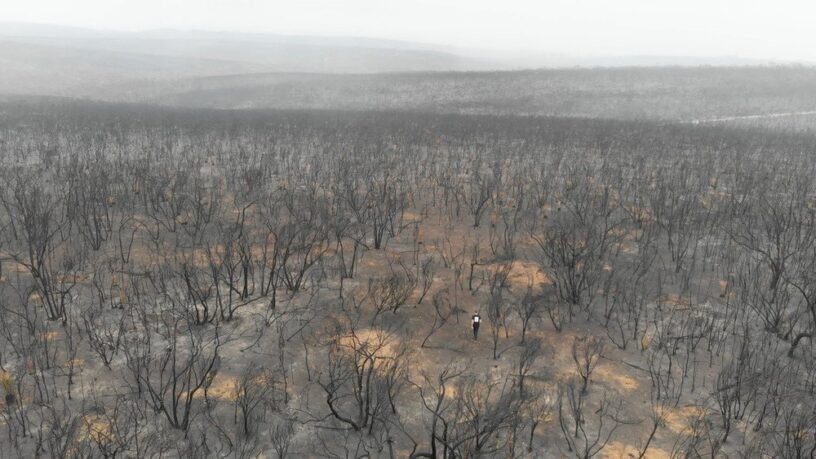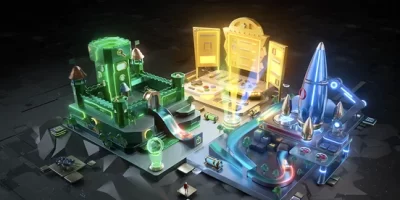Editor’s note: Today’s guest post comes from Darren Grover, Head of Healthy Land and Seascapes at the World Wide Fund For Nature Australia.
Over the next six months, more than 600 sensor cameras will be deployed in bushfire-affected areas across Australia, monitoring and evaluating the surviving wildlife populations. This nationwide effort is part of An Eye on Recovery, a large-scale collaborative camera sensor project, run by the World Wide Fund for Nature (WWF) and Conservation International, with the support of a $1 million grant from Google.org. Using Wildlife Insights, a platform powered by Google’s Artificial Intelligence technology, researchers across the country will upload and share sensor camera photos to give a clearer picture of how Australian wildlife is coping after the devastating bushfires in the past year.
Why is this important?
For many Aussies, the horror of last summer’s fires is still very raw and real. Up to 19 million hectares were burned (more than 73,000 square miles), with 12.6 million hectares primarily forest and bushland. Thirty-three lives were lost and 3,094 homes destroyed. And the wildlife toll? A staggering three billion animals were estimated to have been impacted by the flames.

The scale of the damage is so severe that one year on—as we prepare for the next bushfire season—WWF and scientists are still in the field conducting ecological assessments. Our findings have been sobering. Nearly 61,000 koalas, Australia’s most beloved marsupial, are estimated to have been killed or impacted. Over 300 threatened species were affected, pushing more of our precious wildlife on the fast-track towards extinction.
Hope will prevail
In November, I travelled to Kangaroo Island in South Australia to place the first 100 of the sensor cameras in bushfire-ravaged areas. Though much of the native cover has been decimated by the flames, the island’s wildlife has shown signs of recovery.
One animal at risk from the flames is the Kangaroo Island dunnart, an adorable, grey-coloured, nocturnal marsupial so elusive that a researcher told WWF that she’d never seen one in the field. We were fortunate to capture this creature of the night on one of our cameras.

Thou art a dunnart.
But if I hadn’t told you that was a dunnart, you might have thought it was a mouse. And as anyone with thousands of holiday photos will tell you, sorting and organizing heaps of camera pictures and footage can be labor-intensive and time-consuming. Analyzing camera sensor pictures traditionally requires expertise to determine the best pictures (and which ones you can just delete), and you can get hundreds of empty images before you strike gold.
How AI can help
With the Wildlife Insights platform, we can now identify over 700 species of wildlife in seconds and quickly discard empty images, taking the tedium out of the process and helping scientists and ecologists make better and more informed data assessments.
The platform will help us identify wildlife in landscapes impacted by last summer’s bushfires, including the Blue Mountains, East Gippsland, South East Queensland, and of course Kangaroo Island. We’re particularly keen to see species like the Hastings River Mouse, a native rodent that was already endangered before fire tore through its habitat in northern New South Wales, and the brush-tailed rock-wallaby, which lost vital habitat and food to blazes in the Blue Mountains.
These images will help us to understand what species have survived in bushfire zones and determine where recovery actions are needed most.

WWF-Australia / Slavica Miskovich
Join us to safeguard species
The platform is still growing, and the more images we feed it, the better it will get at recognizing different types of animals. While we’re already rolling out hundreds of sensor cameras across the country, we are calling for more images—and asking Australians to help. If you have any sensor camera footage, please get in touch with us. We’re looking for images specifically from sensor cameras placed in animal’s habitats, rather than wildlife photography (as beautiful as these pictures may be).
With your help, we can help safeguard species such as the Kangaroo Island dunnart, marvel at their bright beaming eyes on film, and protect their environment on the ground–so future generations can continue to enjoy the richness of Australia’s wildlife.




